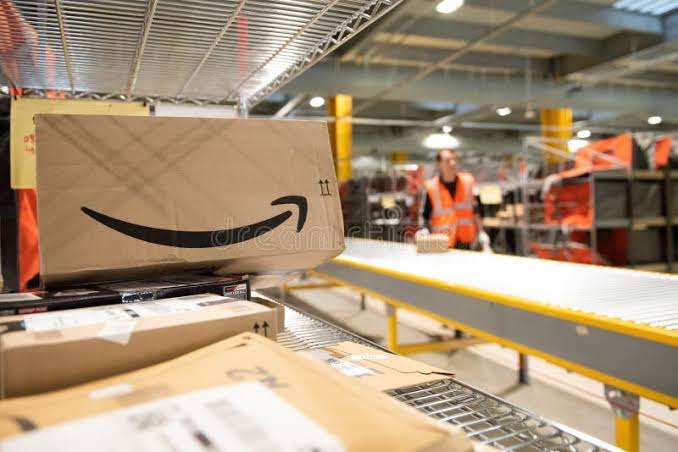Amazon Inc. is scaling back its corporate hiring efforts as it increasingly leverages artificial intelligence (AI) across key internal functions.
In his 2025 shareholder letter, CEO Andy Jassy outlined the company’s plans to reduce its workforce in certain areas, citing the growing capabilities of AI.
This development follows the trend among tech giants, where advancements in AI are leading to a decrease in demand for human workers in specific roles.
Tech experts wonder whether this shift is driven solely by cost-cutting measures or signals a more profound transformation in the nature of white-collar work.
AI at the Helm
Amazon’s internal AI tools are now automating everything from job listing creation and ad copywriting to code generation and internal support summaries.
According to Jassy, these systems are already making teams more productive, allowing them to “accomplish the same goals with fewer people.”
The automation trend isn’t new for Amazon —its warehouses have long been filled with robots. But what’s new is the shift happening at the corporate level, among HR departments, support roles, and even engineering teams.
What once was considered irreplaceable “brain work” is now subject to machine learning efficiencies.
AI and the Workforce Shrink
Amazon isn’t alone. Several high-profile companies have made similar moves, citing AI as the driving force behind layoffs or hiring freezes.
- IBM paused hiring in 2023 for about 7,800 roles that could be automated, especially within HR.
- Dropbox cut 16% of its workforce in 2023, linking the downsizing directly to an AI-first strategy.
- Duolingo laid off contract translators, saying AI was now competent enough to handle language conversion.
- Chegg saw major shifts in user behavior due to generative AI, prompting reductions in its tutoring workforce.
- BT Group (British Telecom) announced it would cut 10,000 jobs by 2030, with AI and automation replacing manual workflows.
Big Tech’s Domino Effect and the Rise of Automation Startups
Amazon’s AI moves also reflect a larger industry direction. Google, Meta, and Microsoft have all adopted internal AI tools to streamline code, content, and support functions.
IBM’s WatsonX, Meta’s LLaMA, and OpenAI’s partnership with Microsoft are already shaping internal workflows in ways that reduce the need for traditional roles.
Meanwhile, startups like Jasper, Writer, and Synthesia are empowering smaller businesses with similar tools.
From automated sales outreach to AI-generated onboarding, the future of corporate work is being rebuilt —faster, cheaper, and increasingly with fewer humans involved.
Is This the Future of Corporate Work?
The move to AI-led teams raises big questions:
- What happens to the professionals replaced by a model that writes code or optimizes ads in seconds?
- Can upskilling efforts really keep pace with technological displacement?
Talking Points
True, Amazon’s leaner, AI-fueled corporate model might signal a new normal. And, If other global players follow suit, white-collar workers may soon face the same automation pressure that factory workers experienced decades ago.
While AI presents undeniable productivity and profit gains, the real question is whether companies —and governments— can ensure that human potential still has a seat at the table.





